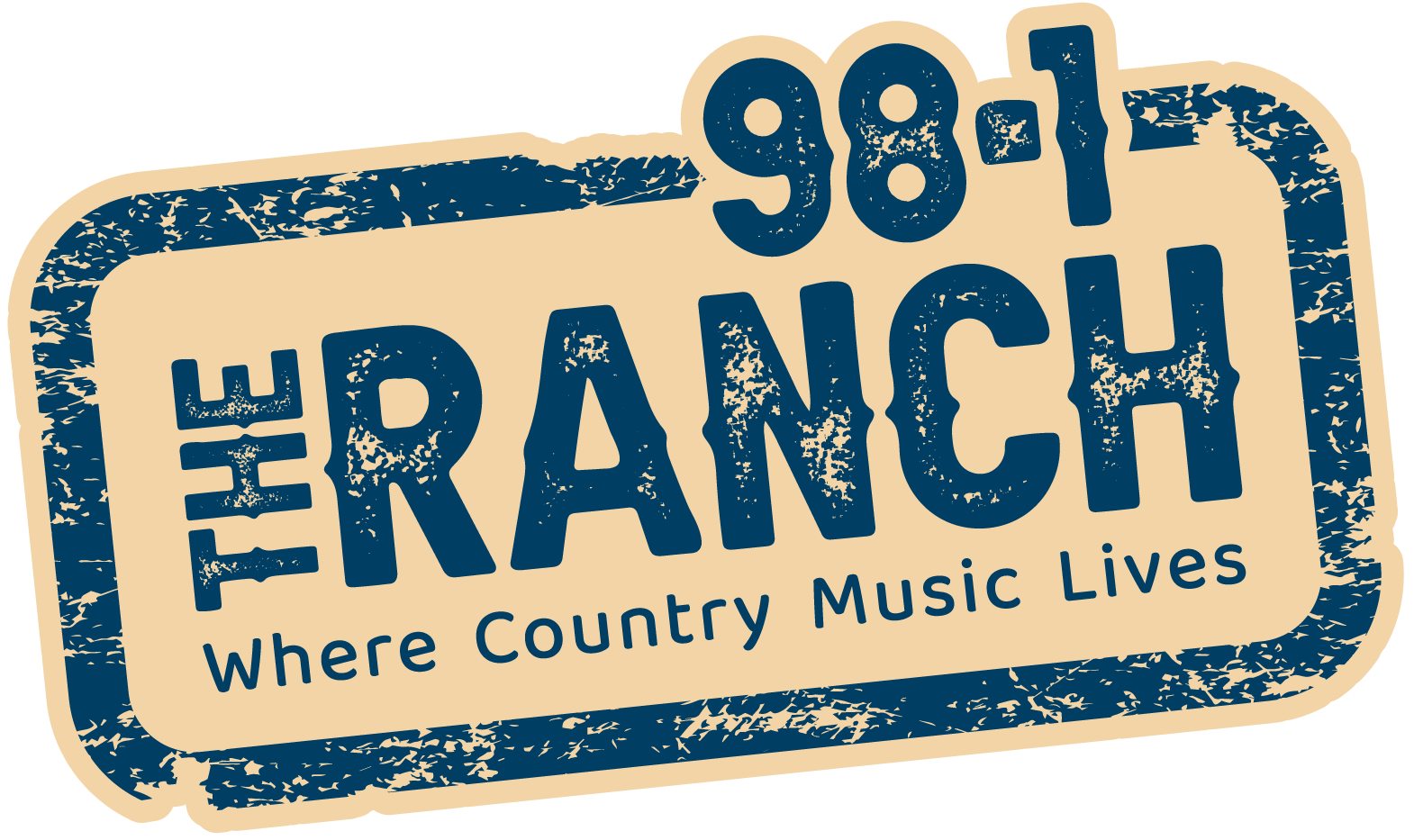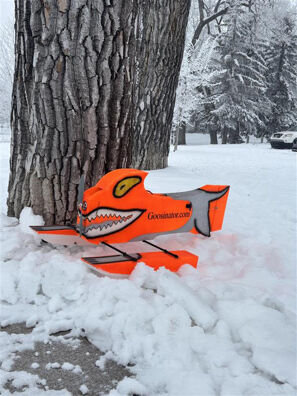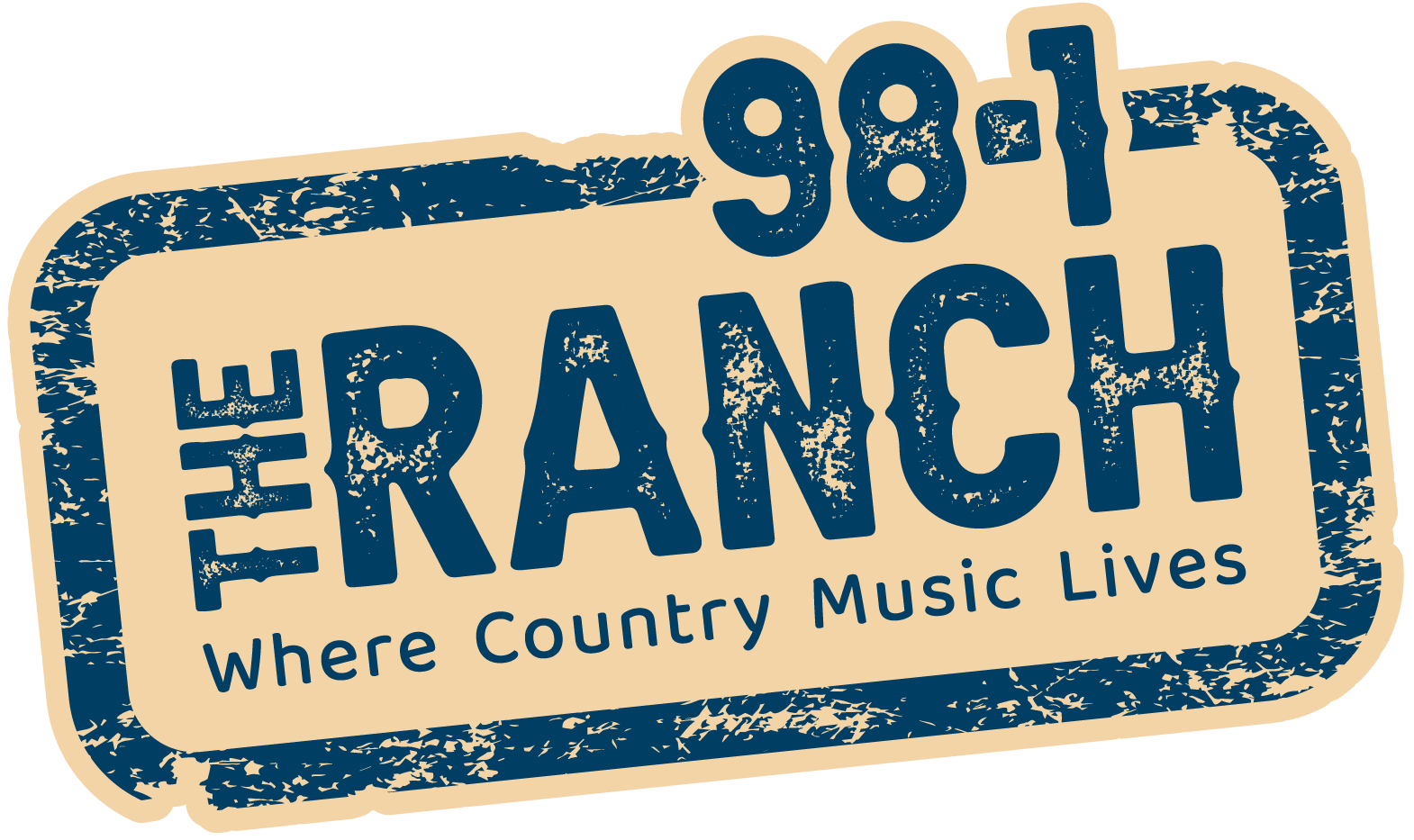To address the increasing challenges posed by resident waterfowl populations, the City of Lethbridge is incorporating an innovative approach with the new ‘Goosinator’ unit. The amphibious, remote-controlled hazing device is part of the Goose Management Plan, which aims to address an increasing population of waterfowl, particularly at Henderson Lake.
Lethbridge has seen a rise in the resident waterfowl populations over the last few years, as many birds choose to stay in the region throughout the winter months. Officials say this deviation from their migratory patterns is attributed to unseasonably warm weather, as well as human interference.
Some of the issues seen as a result of waterfowl staying the city include:
- human-goose conflicts
- accumulation of goose feces
- wildlife health
- water quality degradation
- turf health
- pet-wildlife interactions
“Use of the device will encourage waterfowl to move away from Henderson Lake Park, while reducing the overall flock size in the future,” says Jackie Cardinal, Parks Natural Resource coordinator.
“The ‘Goosinator’ is motivated by a commitment to bird health, water quality, park infrastructure and the safety and comfort of park users. This innovative approach aligns with the City’s broader Goose Management Plan, which includes methods like planting tall shoreline treatments and egg reductions.”
The City says the ‘Goosinator’ unit will be strategically deployed in late fall to encourage migration and in late winter before nesting season. Hazing will not occur once nests become established with viable eggs. It will also not occur when young birds have begun hatching or when birds are flightless (during moulting).
Officials add that the unit employs a compassionate method, merely prompting geese to relocate to a more favourable area safely. Henderson Lake is identified as the primary focus, but the device may also be used in other impacted areas like Sherring Sports Park and Fairmont Lake Park.







